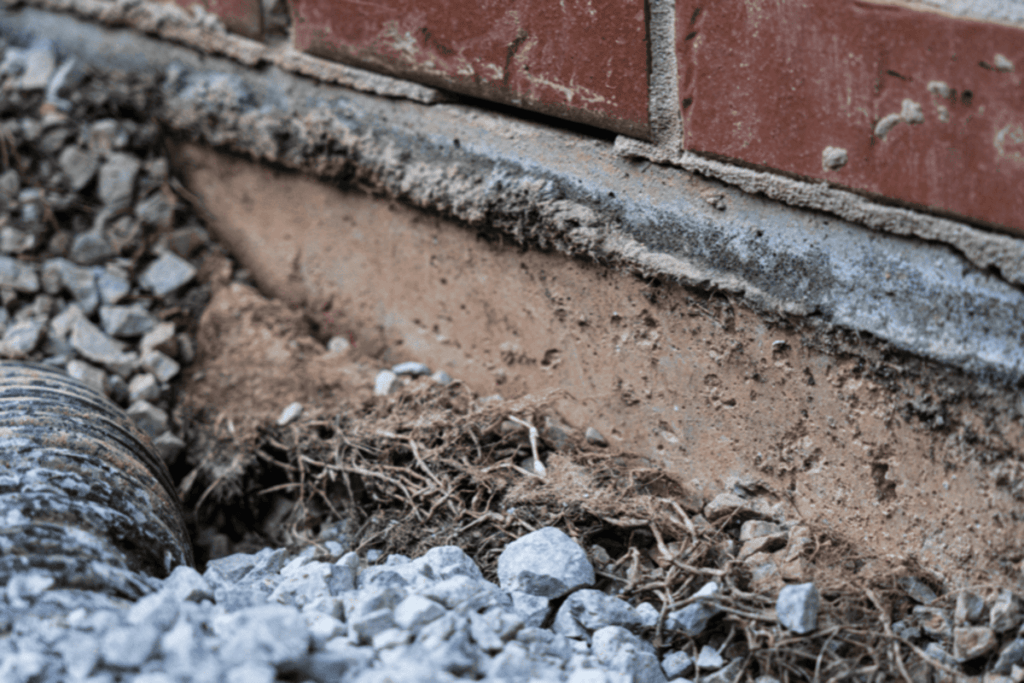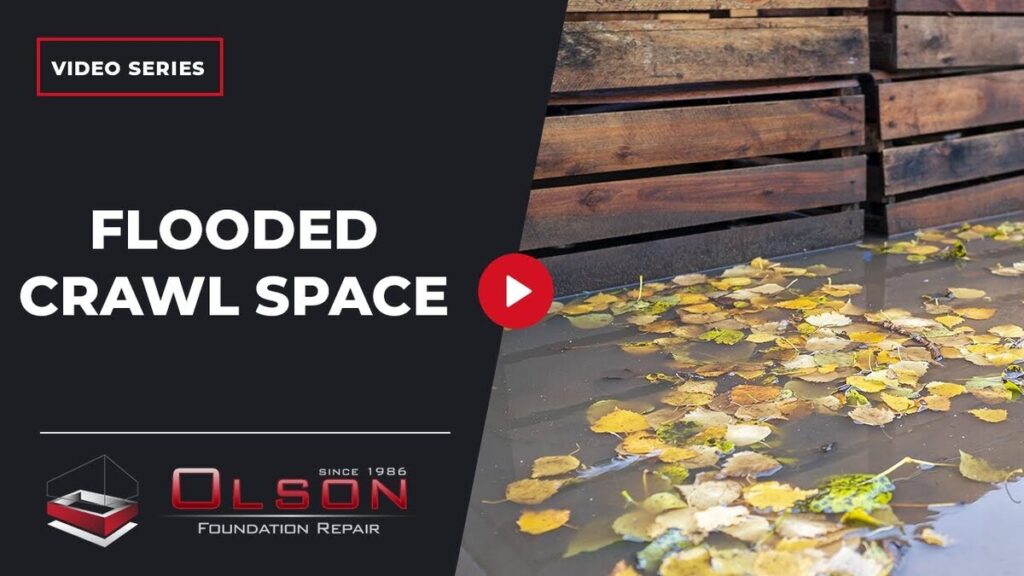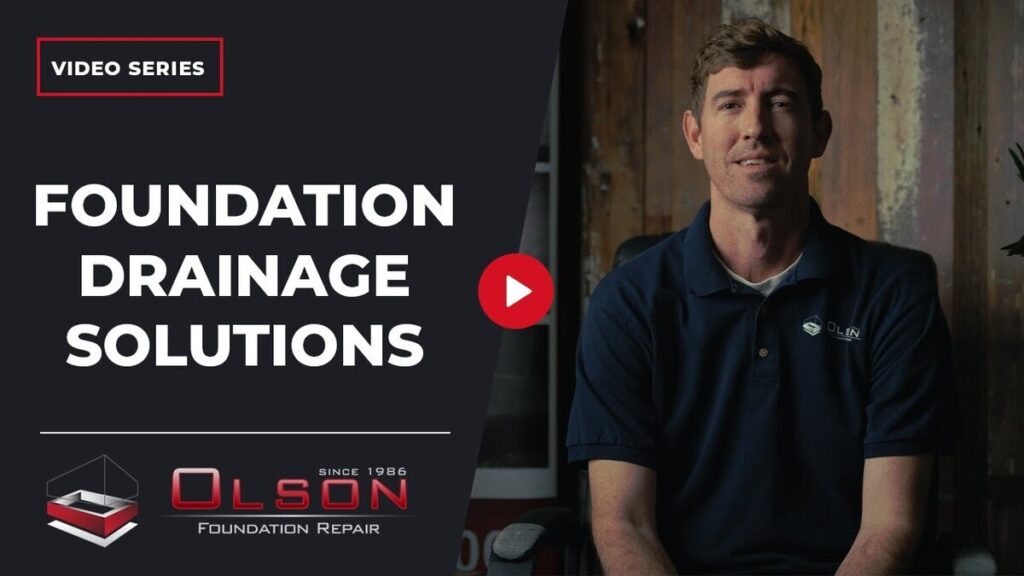Today, we’ll focus on how we repair cinder block foundation walls. Olson Foundation Repair spends a lot of time on wall repair because there’s a direct link between foundational stability and the condition of the other components around your home. This is definitely not a “DIY” task, but we’d like to provide some general insight into how we approach this project.
When Do You Need to Repair Cinder Block Foundation Walls?
There are several telltale signs that will show you when it’s time to fix or replace cinder block damage. Cracks are an obvious sign, but you’ll also notice bowing, gaps of various sizes, interference with utility wires, and more.
Sometimes, when you see moisture on the blocks themselves, there are other problems at hand. That usually means a drainage clog somewhere, which might require other interventions like drain-tile installation. You should not hesitate to contact us if you experience water problems in or around your basement.
By and large, cinder blocks are not as common for foundational purposes nowadays. You’ll only find them in older homes, usually over 100 years old. The newer houses in Kansas City use concrete slabs rather than cinder block foundations.
You’re more likely to see cinder blocks for retaining walls, but since they’re hard to repair, they don’t show up in new buildings. Technology has changed a lot over the last 100 years, and so has the complexity of material specifications, to say nothing of building codes and regulations.
How Do We Repair Cinder Block Foundation Walls?
The repair process requires a decent amount of labor and intervention. In a nutshell, we lift up the home, tear down the cinder block wall, and rebuild a new one.
Horizontal or diagonal cracking is a common problem. We have to address this by installing I-beams to re-stabilize everything. This is a process called “wall bracing,” where our crew will anchor beams into the floor joists with steel bolts and brackets hoping to eliminate all inward wall movement.
If settling or inward movement was not the problem, you might try a more conservative approach. Sometimes it’s possible to fix the problem with mortar sealant, silicon sealant, or tuckpointing. This is something we can determine when one of our representatives carefully surveys the integrity of the cinder block wall.
Don’t Do Cinder Block Repair Yourself
In one of our previous posts, we explained why repairing your cinder block wall is best left to the pros. Cinder blocks are very heavy and you put them together in pieces. Plus, without professional assistance, it would be difficult to determine how deep the damage goes.
If you don’t know the extent of the problem, you’re at risk of doing subpar work or even making matters much worse. So, even though homes don’t use cinder blocks as much these days, you’re still better off calling Olson Foundation Repair to address these concerns if you have them.
Olson Foundation Repairs: The Most Reliable Foundation Contractor in Kansas City
Are you tired of working with contractors that show up late, speed through the work, or cannot address problems? Then you need the help of a thorough, well-trained, and fully licensed repair company. You can’t afford to let foundation problems fester out of control because it’ll just become more expensive later.
Olson Foundation Repair is one of the best foundation repair companies in the metro area according to the online reviewer, BloggerLocal. We have a track record of terrific workmanship and punctual service, dating all the way back to the 1980s.
So, contact Olson Foundation Repair the next time you need a professional to repair cinder block foundation walls in your Kansas City home.




